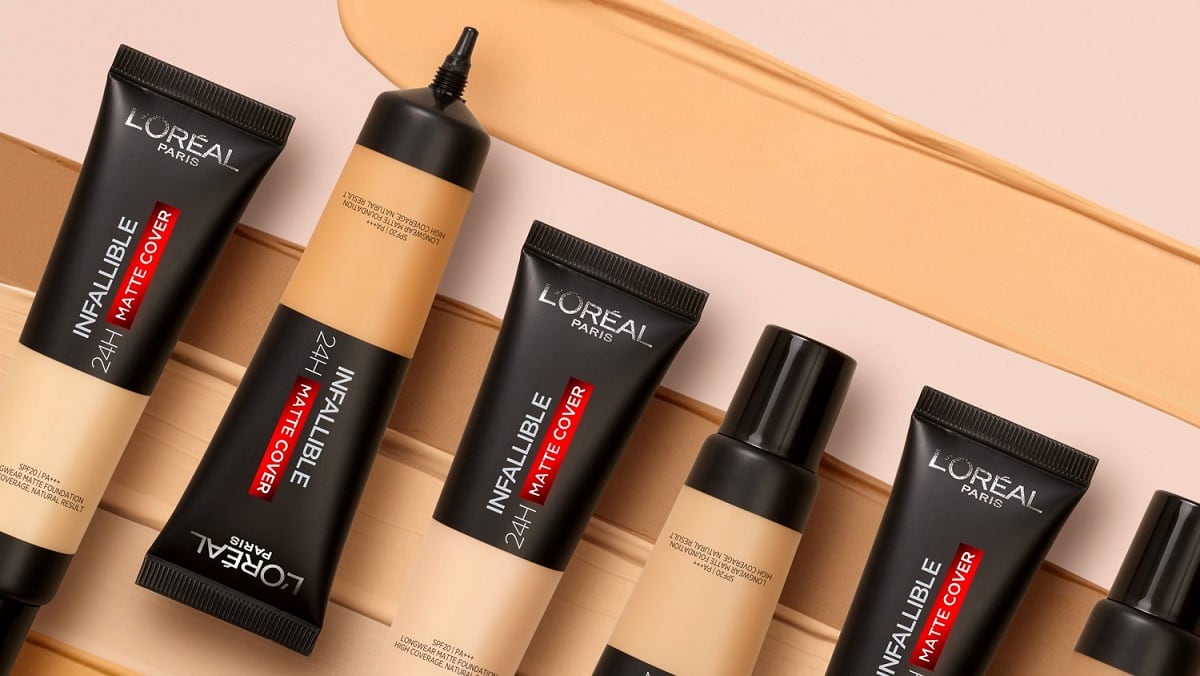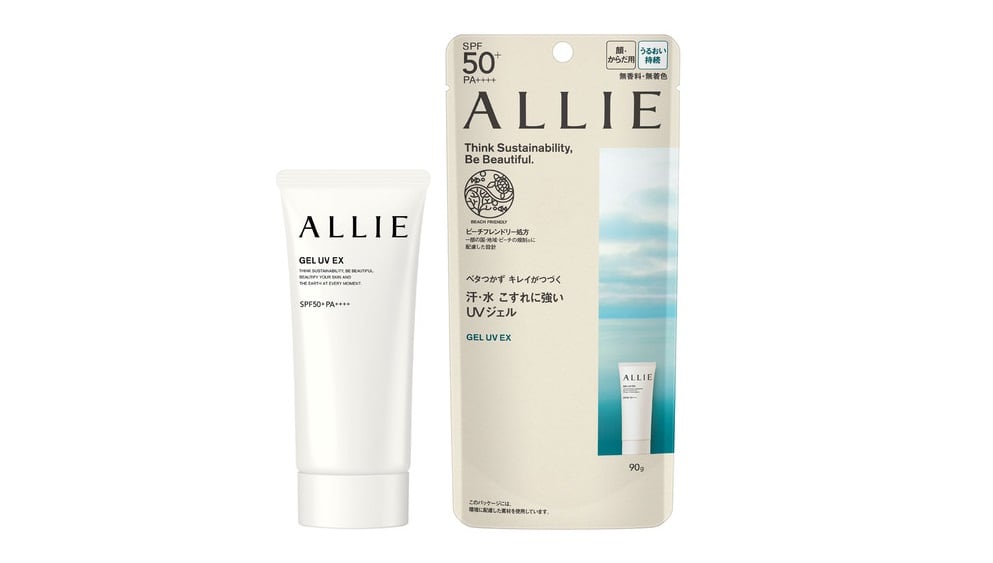On January 13, Shopee, an e-commerce platform that operates in South East Asia and Taiwan, announced that L’Oréal’s consumer products division (CPD), which consists of brands such as L’Oréal Paris, Garnier and Maybelline, achieved at least U$100m in goods merchandise value (GMV).
L’Oréal was the only beauty brand that achieved this alongside a slew of technology brands, namely Samsung, Oppo, Xiaomi, and realme.
Speaking exclusively to CosmeticsDesign-Asia, Manashi Guha, L’Oréal CPD general manager of SAPMENA region, said this achievement did not come as a surprise for the French beauty giant.
“We’ve been ahead of the curve in the beauty online commerce game versus the rest of the beauty world for some time now – about 10 years. But what’s important for us is that we keep staying ahead of the market and we keep innovating to make sure we are ahead of the consumer needs.”
Globally, L’Oréal experienced a bumper year in e-commerce. Its latest third-quarter figures reported that e-commerce grew by 29.7% and accounted for 26.6% of all sales.
Online won’t plateau
Despite the massive growth it has seen in South Asia Pacific, Middle East, North Africa and Sub-Saharan Africa, dubbed the SAPMENA region by L’Oréal, Guha said there was still huge room for growth.
“Today, most people believe that the [e-commerce growth] will plateau because they’re assuming new users have become a bit stagnant… But when you look at our region, online penetration is still low. The contribution of online beauty to the total market is still below 20%.”
She attributed the growth to the rise of several demographics, including the youth, the middle class and women newly entering the workforce. “It's a no brainer that the beauty consumption will increase at the same time.”
Furthermore, the growth would also depend on how the infrastructure that supports e-commerce is developing rapidly as well.
“When you look at Indonesia, it’s the biggest online market for any category in SEA. The infrastructure that has developed to support it – one is online payment, which has grown very fast and is very accessible. Secondly, when you look at deliveries there are all kinds of delivery systems.”
Contrary to popular belief, Guha added, there was still room for e-commerce improvement in the developed cities in the region, such as Singapore. “Even in Singapore, online beauty is not like 50% of the market, like in the case of China, it’s still not there yet.”
She added that one area Singapore can work to develop in the online shopping space is its delivery system.
“Singapore has still not evolved in terms of delivery because the cost of delivery is very high. Honestly, it has miles to go when it comes to online commerce.”
Faster deliveries, she continued, was set to become more crucial in e-commerce moving forward.
“It’s very important because, again, your life has changed post-pandemic. Now you're ordering food, you are ordering clothes… So, in your mind, the horizon of time has changed.”
Channel choices
What has also rapidly evolved are the channels available to reach beauty consumers.
“In online commerce, there are a lot of models emerging. Tiktok came in and revolutionised engagement and now they’ve launched commerce. In the next couple of years, companies have to figure out all these models and which one works for them – which one is more profitable, which one enhances consumer value – you have to test, learn and fail,” said Guha.
She highlighted that the social commerce model has been very successful in India’s professional hair care sector.
“There’s a huge social commerce business we have in India which is salon-based. We reach out to 20,000 salons because when you go to a hairstylist, you listen to what they say. It’s these experts in the salons that will reach the consumer.”





